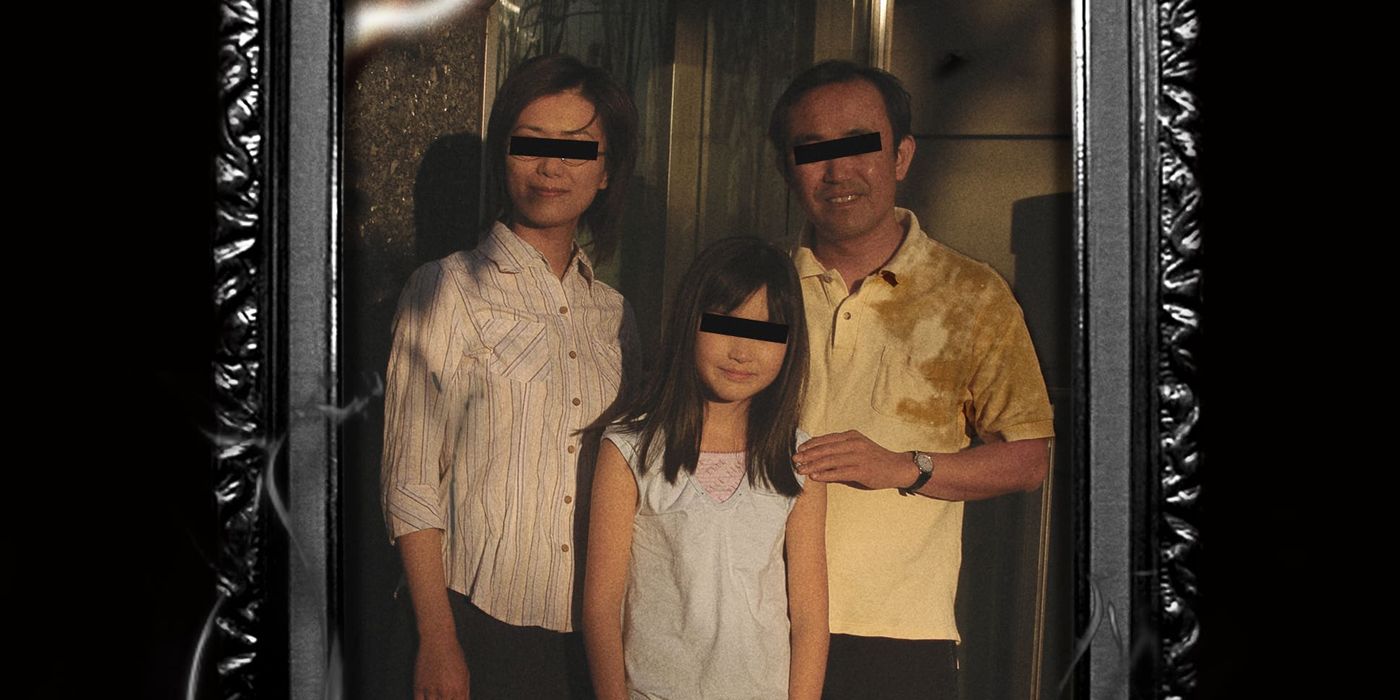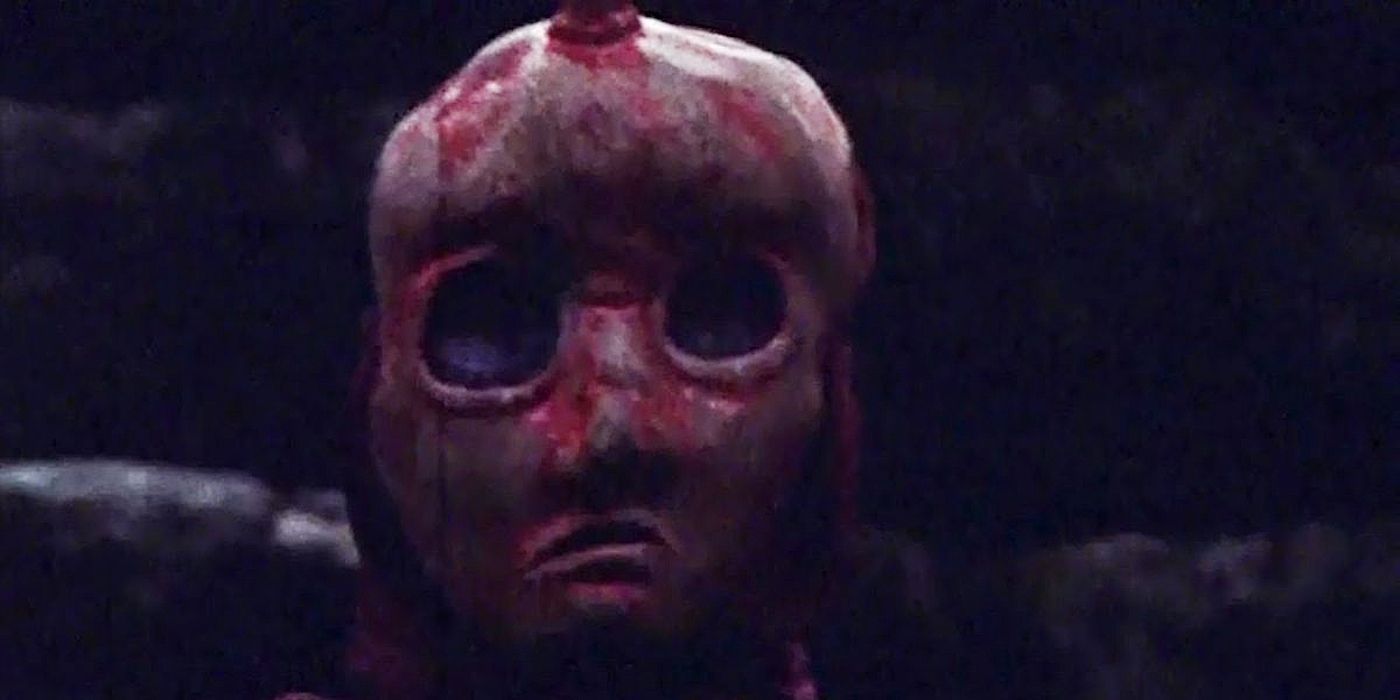The height of the found footage subgenre of horror has passed, but movies like Noroi: The Curse are proof that there’s still not only a ton that can be done with the structure, but that the best found footage content is maybe yet to come.
When people think of found footage horror, films like The Blair Witch Project and Paranormal Activity that most commonly come to mind. These iconic movies undoubtedly helped the stylistic type of horror gain popularity as well as usher in hordes of inferior copycats. As a result, it can be easy to write off a new found footage horror movie, but there are still creative filmmakers who have worthwhile stories to tell this way. Kōji Shiraishi’s Noroi: The Curse frames itself as a realistic documentary about some disturbing paranormal activity, but the film’s story slowly gets out of control.
It’s not uncommon for some horror films to get overlooked upon their initial releases and only true gain a proper appreciation years later, with this being even more prevalent with foreign horror films. Noroi is a prime example of this, with the film being released back in 2005 to critical acclaim, but the found footage horror film has only recently caught on with major audiences due to it being readily available on Shudder’s horror streaming service. What horror fans are learning is that Noroi: The Curse isn’t just a satisfying found footage horror film, but it very well might be the best ever.
What makes Noroi: The Curse such a powerful take on the found footage genre is that it presents itself as a mundane paranormal investigation documentary. Masafumi Kobayashi (Jin Muraki) embarks on a supernatural documentary, but right from the jump it’s made clear that Kobayashi has disappeared and that tragedy has fallen onto his family. Immediately there’s a growing sense of dread since the audience knows that a bleak ending is inevitable for Kobayashi. Granted, this documentary angle is also present in other impressive found footage movies like The Taking of Deborah Logan, The Last Exorcism, or Creep. Those films all begin as documentaries, but their cues eventually become more representative of standard found footage material.
The reason that Noroi is an anomaly that’s getting so much attention is that it’s highly atypical, both in terms of its pacing and its scares, which are nearly non-existent. Instead, Noroi relies on the power of its growing narrative and the payoff around these seemingly unrelated creepy clips, which begin to come together and tell a much bigger and more dangerous story. Other found footage horror movies like [REC] or One Cut of the Dead are dependant on the major turn that happens. Noroi is more confident and instead focuses on the realism of its documentary footage and how it’s presented in juxtaposition to the fantastical lore that the film slowly reveals regarding the curse of the demonic Kagutaba.
Another film that gets brought up in conjunction with Noroi is Gonjiam: Haunted Asylum. Both films lean into the realistic documentary crew angle (in this case, a web series), but despite the scares that are present in Gonjiam, it feels similar to fare like Hell House LLC, which ultimately aren't that different than a lot of the "ghost hunting" shows that are on television. Noroi is the stronger alternative because it doesn't succumb to the standard temptations and instead allows the power of its mythology and atmosphere to generate a sense of fear, rather than jump scares or camera tricks, which are even present in found footage films like [REC] and The Blair Witch Project. Noroi: The Curse dresses itself up as something very familiar, yet it’s able to defy expectations in an intelligent way that’s even more effective now than when it was initially released, which was during a particularly over-saturated period for J-horror films.


